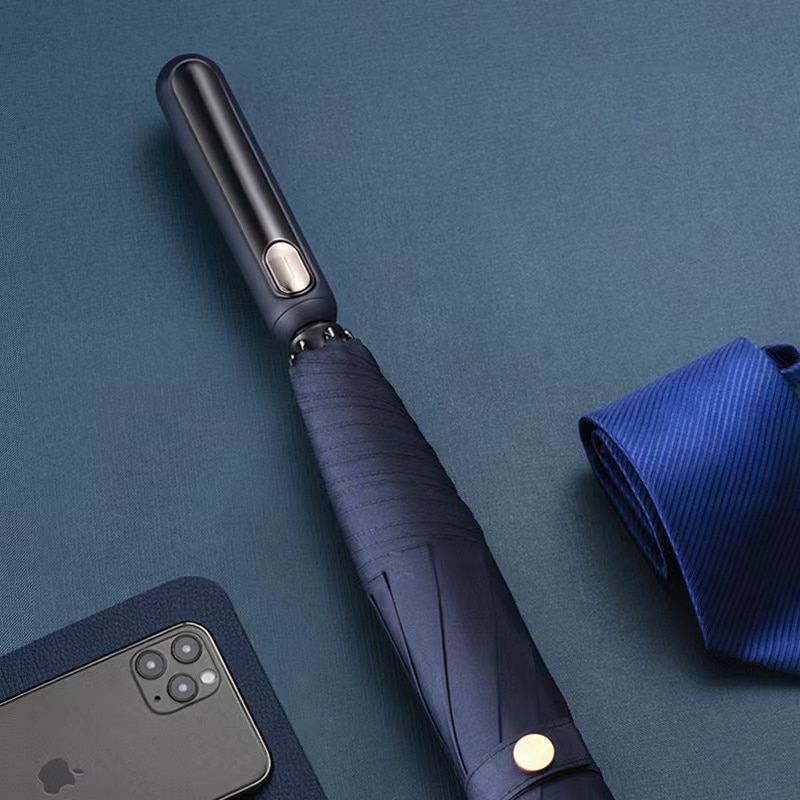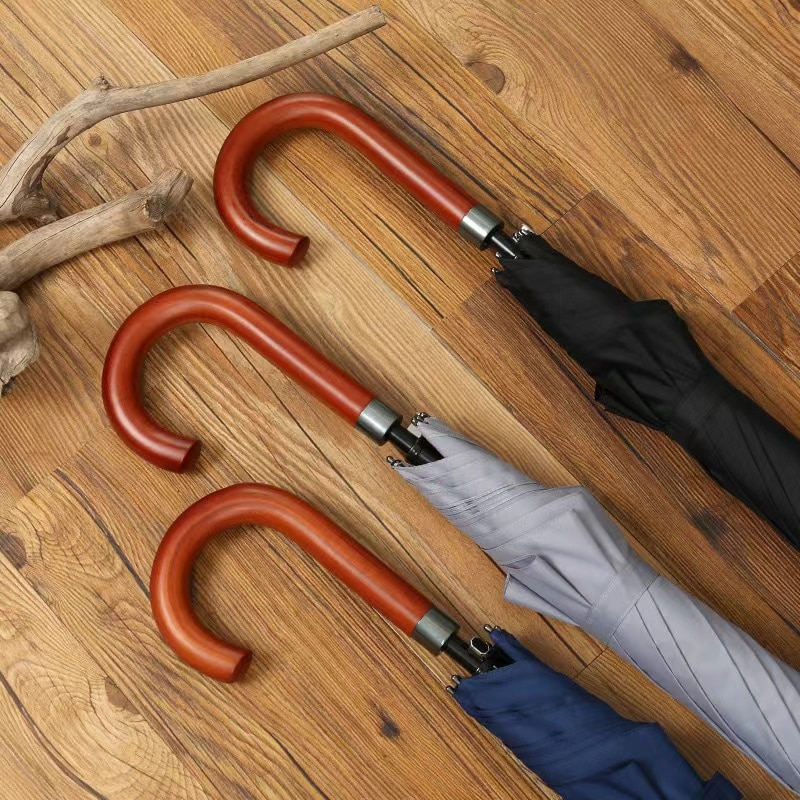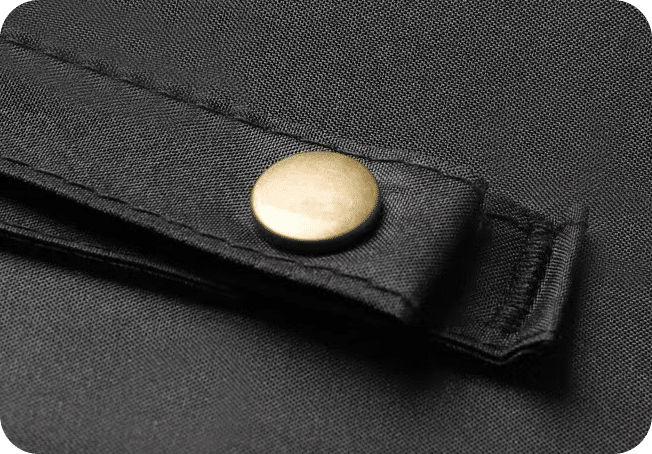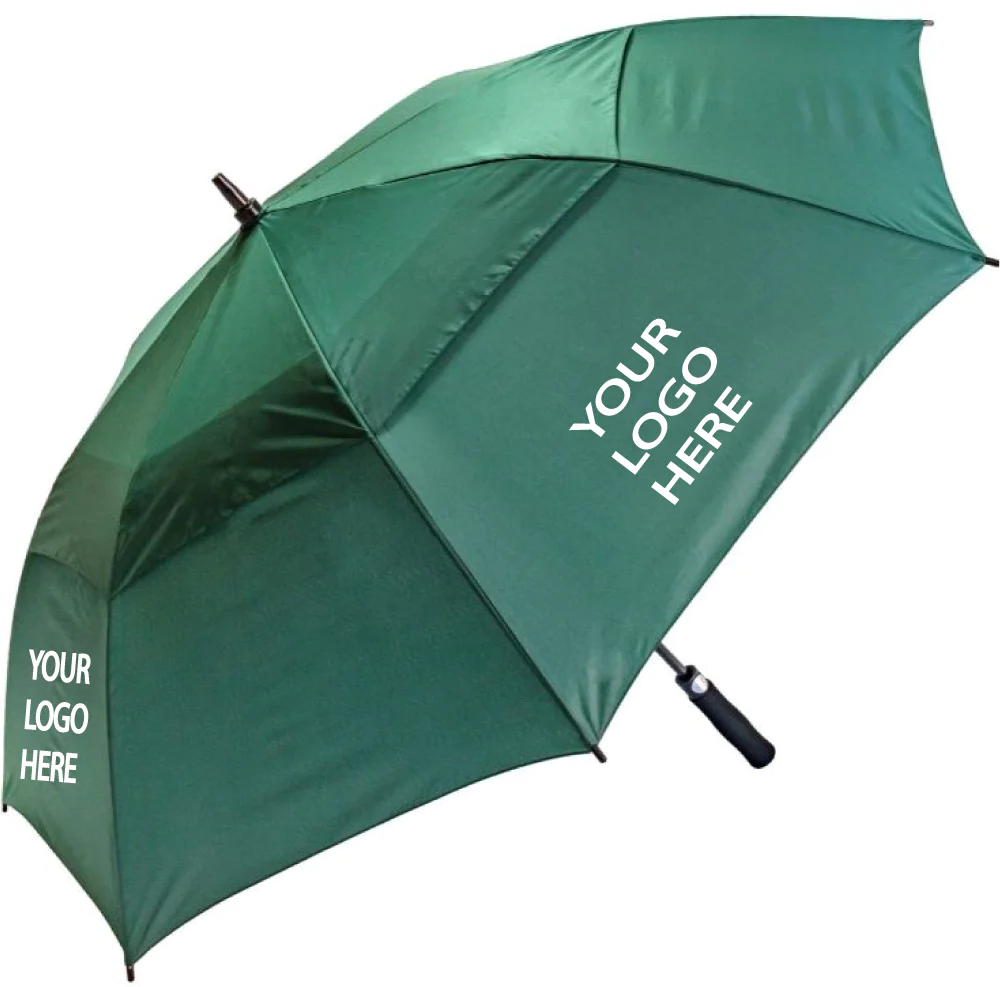Introduction
Umbrellas have become an indispensable accessory for protecting us from rain, sun, and other elements. They come in various designs, sizes, and colors, catering to different preferences and needs. Although we may not give much thought to their intricate mechanisms, umbrellas consist of several essential parts that work together to provide shelter from the elements. In this comprehensive guide, we will explore each component in detail, highlighting their functions and significance. So, grab your coffee, sit back, and let’s dive into the fascinating world of umbrella parts!
Canopy:
At the heart of every umbrella lies the canopy, the topmost portion made of a waterproof fabric, commonly nylon or polyester. The canopy’s primary purpose is to shield the user from rain or harmful UV rays. It is available in various shapes, sizes, and colors, making it a versatile and fashionable accessory.

Vented Canopy:
The vented canopy is an advanced feature designed to improve the umbrella’s stability during gusty winds. Equipped with small openings, it allows wind to pass through, reducing the chances of turning inside out and providing added resistance against changeable weather conditions.
Double Canopy:
Double canopies consist of two layers of fabric, with the outer layer slightly larger than the inner one. This design helps enhance wind resistance and makes the umbrella more sturdy and durable.
Ferrule:
Located at the top end of the canopy, the ferrule acts as a protective cap, covering and securing the tip of the umbrella’s pole. It prevents water from seeping into the canopy and serves as an aesthetically pleasing finishing touch.
Pole (Shaft):
The pole, also known as the shaft, is the central support structure of the umbrella. It extends from the handle to the top and holds all the other components together. Umbrella poles are commonly made of materials such as metal, fiberglass, or wood, ensuring strength and durability.

Ribs:
Ribs are the flexible, curved parts that form the framework of the umbrella’s canopy. Most umbrellas have around six to eight ribs, although some may have more for added stability. These ribs are usually made of metal or fiberglass and extend from the top of the pole to the outer edges of the canopy.
Notch:
The notch is a small groove located at the end of the pole, where the runner attaches. It ensures smooth opening and closing of the umbrella by allowing the runner to slide along the pole with minimal resistance.
Handle:
The handle, positioned at the bottom end of the pole, is the part we hold onto while using an umbrella. It can be made of various materials, such as plastic, rubber, or wood, with ergonomic designs for a comfortable and firm grip.
Button:
The button is a mechanism commonly found on automatic umbrellas. It allows for easy and quick opening and closing of the umbrella with just a press. The button serves as a convenient feature for those seeking hassle-free umbrella operations.

Stretcher:
The stretcher, made of flexible materials such as metal or plastic, connects the ribs to the runner. Its purpose is to expand and contract, controlling the movement of the ribs when the umbrella opens and closes.
Joiner:
The joiner, often constructed of metal or plastic, serves the crucial function of connecting the upper and lower parts of the ribs. It ensures that the umbrella’s structure remains stable and withstands external forces.
Runner:
The runner is a component that moves along the pole, initiating the opening or closing of the umbrella. It is usually triggered by pushing or pulling the handle, activating the stretchers, and extending or retracting the canopy.
Handle Ring:
The handle ring is a circular or cylindrical component that holds the handle in place, preventing it from detaching from the pole. It provides added stability and durability to the umbrella’s construction.

Handle Strap:
Some umbrella models feature a handle strap, allowing you to easily hang the umbrella around your wrist or attach it to a bag when not in use. This feature provides convenience and ensures you don’t misplace or drop the umbrella inadvertently.
Automatic Umbrella:
An automatic umbrella is equipped with a mechanism that allows for easy, hands-free operation. A button or switch triggers the open/close mechanism, eliminating the need for manual effort.
Manual Umbrella:
A manual umbrella requires manual effort to open and close. It is operated by manually pushing or pulling the runner along the pole, extending or collapsing the umbrella.
Tie Wrap:
A tie wrap is a small piece of fabric or elastic band that keeps the umbrella securely closed when not in use. It wraps around the folded canopy, preventing it from unexpectedly opening.

Umbrella Sleeve:
The umbrella sleeve, often constructed from durable fabric, serves as a protective cover for the closed umbrella. It prevents it from getting wet or damaging other items when stored in a bag or purse while maintaining its overall integrity.
Top Spring:
The top spring is a small, coiled spring located near the top of the umbrella’s pole. It assists in the smooth opening and closing of the canopy.
Bottom Spring:
Similar to the top spring, the bottom spring is a coiled spring situated at the canopy’s bottom end. It helps maintain tension
Conclusion
In conclusion, an umbrella is an ingeniously designed tool, with each part contributing to its functionality and durability. From the canopy to the handle strap, every component serves a purpose and plays a vital role in protecting us from the elements. Understanding the anatomy of an umbrella allows us to appreciate its engineering and functionality while helping us.




